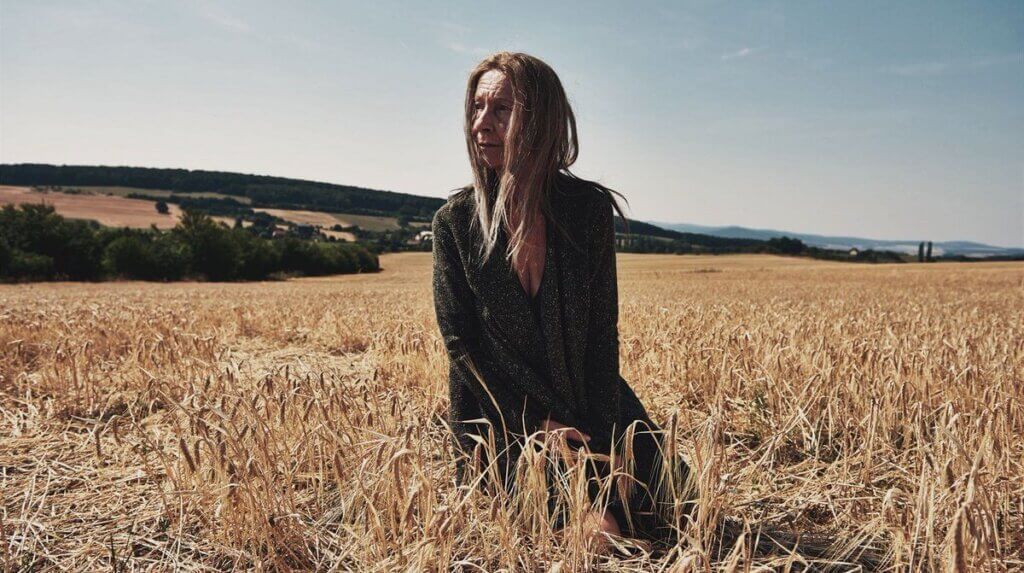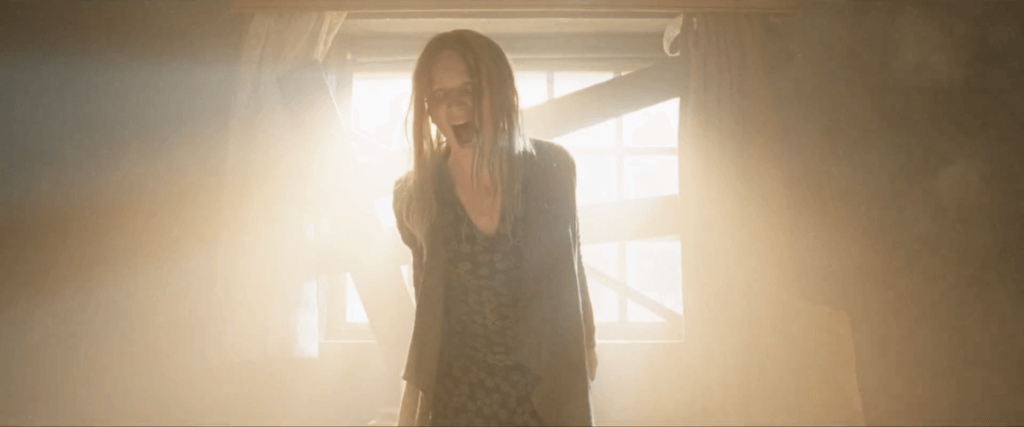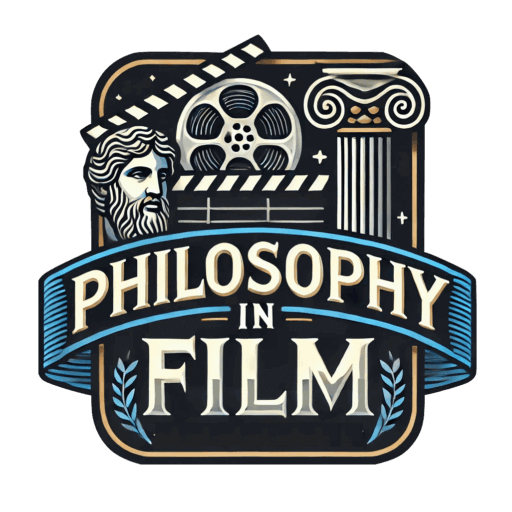Review: The Noonday Witch (2016) ★★½
Witches, much like other monsters, tend to operate in the shadows. This is most evident in the cinematic world. In Robert Eggers The Witch (2015), the titular villain never really appears, but simply lurks in the dark woods. This is partly why Jiří Sádek’s The Noonday Witch (2016) caught my attention. Much like Ari Aster’s Midsommar (2019), the film draws the evil from out of the shadows and plants it in broad daylight. Unfortunately, The Noonday Witch (originally titled Polednice) does not shine enough light on the underlying folklore, resulting in a confusing and ultimately disappointing viewing experience.
Though the film tells a unique story set in modern-day Czechia, The Noonday Witch is based on a late 19th-century poem by Antonín Dvořák. The poem draws from earlier Slavic folklore of a demon that goes by various names, including Lady Midday, The Noon Witch, and — of course — The Noonday Witch.
Dvořák’s poem tells the story of a mother who scolds her misbehaving son and threatens to summon a witch to punish him. When a horribly disfigured witch appears at noon, the mother tries to flee with her son. The father returns home, only to find that the mother has accidentally smothered her son while trying to protect him.
It’s important to note that Jiří Sádek’s film draws heavily from this poem, but makes some important alterations to prevent viewers from predicting the outcome. In The Noonday Witch, Eliska (Anna Geislerová), moves to a remote home formerly owned by her late husband. Despite her husband’s passing, Eliska tells her daughter, Anetka (Karolína Lipowská), that her father has gone on a trip and will return soon.
This half-hearted lie, her mounting financial troubles, the absence of Anetka’s father, and the blistering summer heat all put a strain on the mother-daughter relationship. Meanwhile, the local townsfolk try to help Eliska move into the dilapidated old house, though their efforts grow increasingly invasive. Eliska tries to bring a sense of normalcy to their lives, but she senses an evil presence surrounding the house. As her paranoia reaches a feverpitch, Eliska struggles to maintain her sanity and protect her child from the “noonday witch” that haunts her.
Director Jiří Sádek utilizes a classic horror trope to great effect in the first half of the film. Despite living with her daughter, Eliska is essentially alone. She has no one to rely on for financial support, and the growing rift with her daughter only makes her life more difficult. This places her under great stress, causing her to view outsiders as potential threats.

As we (the audience) identify with Eliska, we are inclined to view everyone as a potential threat as well. The local mayor shows Eliska kindness by giving her time to make payments on the house, but Eliska wonders if he can be trusted. The mayor’s wife, having lost a child years prior, wanders around aimlessly, mumbling to herself. At one point, she even appears in Eliska’s house unannounced.
Meanwhile, some of the other townsfolk offer to help watch her child while she runs errands or work on rebuilding her home. Some of them appear sincere, while some of them don’t. In every case, their behavior seems “quirky” to say the least. It could be explained away by the fact that they are simple country folk in a remote village, but it could also be part of a conspiracy to hurt Eliska and her daughter.
This nobody-can-be-trusted trope works well up to a point. However, as the plot pushes forward, it becomes clear that either a) there is a witch that wants to take Eliska’s daughter or b) several perfectly rational factors are driving Eliska a little crazy (the summer heat, invasive neighbors, money problems, the death of her husband, her daughter’s rebelliousness, and on and on).
Naturally, The Noonday Witch ending is something you will have to see for yourself. I’m not here to spoil the show for anyone. However, I will say that it left me wanting more. The crescendo of paranoia and fear eventually peter out without much fanfare.
I usually prefer European horror — like The Noonday Witch — to American horror. With American horror, you almost always know what you’re going to get from the outset. The same cannot be said of many European horror films. Of course, these are pretty broad generalizations. However, I prefer European horror because there’s not always the need for tedious exposition. The filmmakers don’t overexplain everything and spoon-feed the audience at every turn. Instead, they leave you guessing.

However, this didn’t really work in the film’s favor. The Noonday Witch is based on folklore about a hideous witch that appears in the middle of the day. The poem on which the film was based tells a terrifying and tragic story. From a filmmaker’s perspective, they had fantastic source material.
Sadly, Jiří Sádek didn’t really go anywhere with it. He turned an inherently visual story into a psychological one. He turned the monster into something that creates an indistinct fear of the unknown. The film would have been better served by a monster that creates fear in a more concrete, visual way.
In short, I think that The Noonday Witch should have featured a lot more witch and little less noonday. Yes, hot days are unpleasant. Sure, being alone can make you paranoid. Of course, familial drama can be stressful. Unfortunately, none of these plot elements are all that scary. Jiří Sádek took his great source material and churned out an entertaining, but ultimately unsatisfying psychological horror film.
So, now that I’ve given you a dozen reasons to not watch The Noonday Witch, I’m going to tell you that it is still worth watching. The pacing keeps things interesting, with rising tension throughout. All of the actors play their parts well, especially Anna Geislerová as the film’s heroine. And, if nothing else, The Noonday Witch provides an interesting glimpse of Slavic folklore and the beautiful countryside of The Czech Republic.
Rating: ★★½ out of 5
If you’d like to watch The Noonday Witch (2016), it is currently available to stream on Shudder or Amazon Prime. For more film reviews like this one, check out the Philosophy in Film Homepage!

